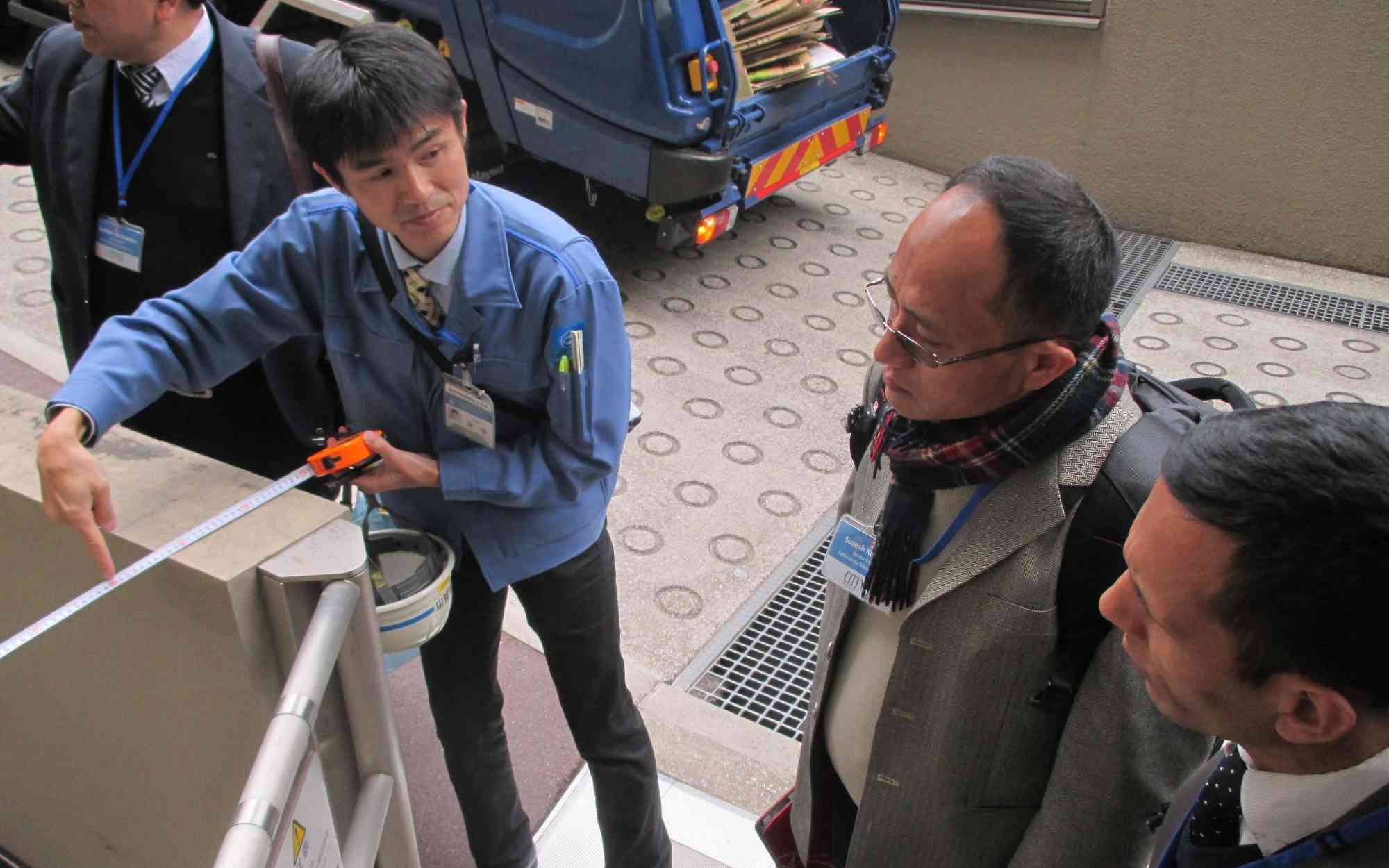Training on Structural and Seismic Engineering between Japan and Nepal
A training project on knowledge-sharing between Japanese and Nepali Engineers to reduce future earthquake damages throughout Kathmandu and Nepal.
Description
The 2015 Gorkha Earthquake in Nepal caused widespread damages across the country. As a member of CITYNET, the Municipal Association of Nepal (MuAN) requested CITYNET Secretariat to dispatch experts from Seoul and Yokohama City to help with the technical assessment and consultation of recovery plans in Kathmandu.
This project was designed to build capacity of Nepali engineers and architects and encourage the "Build Back Better" initiatives of municipalities in Nepal.
During the initial assessment phase, project implementors determined that while Nepali engineers had sufficient technical knowledge to design sound projects, there was a capacity/knowledge gap between engineers and other stakeholders, such as homeowners, contractors, and construction workers. Based on this assessment, the City of Yokohama, Kathmandu Metropolitan City (KMC) and CITYNET Yokohama Project Office signed a Memorandum of Agreement (MOU) in 2016 to support the reconstruction efforts of KMC.
As a result of this MOU, the project implemented needs-based technical trainings and knowledge exchanges focused on inspections and quality control of constructions. These trainings instructed civil engineers and architects working for KMC and other earthquake-effected municipalities, and have resulted in greater technical knowledge of Nepali engineers, architects, and construction workers.
Did the Sendai Framework change or contribute to changes in your activities/organization? If so, how?
The Sendai Framework helped guide the "Build Back Better" initiatives of this project, as Priority 4 of the Framework is a goal of Kathmandu Metropolitan City. Furthermore, we find additional support in the Sendai Framework’s call to strengthen the capacity of government officials, civil society, communities, volunteers, and the private sector by sharing experiences, lessons learned, good practices, training and education on DRR through training mechanisms and peer learning initiatives that consider local needs and context
What led you to make this commitment/initiative?
What was your position before making this Voluntary Commitment / prior to the Sendai Framework?
This initiative was triggered by a formal request by the MuAN for C2C DRR connections, contributing to CYO's position that C2C connections are invaluable to strengthening DRR initiatives across Asia-Pacific.
Deliverables and Progress report
Deliverables
Deliverables are the end-products of the initiative/commitment, which can include issuance of publications or knowledge products, outcomes of workshops, training programs, videos, links, photographs, etc.
Technical assessments of buildings and construction projects during all three visits from Yokohama to Kathmandu were completed by Yokohama City architects and engineers to identify weaknesses in the design or construction process. At least 5 site visits to different parts of kathmandu gave the opportunity for Yokohama City representatives to identify areas of support to provide during training sessions and workshops.
Throughout the project, six training sessions were held with Japanese and Nepali engineers. These sessions, held both in Kathmandu and Yokohama, included detailed needs-based workshops covering topics such as improving the construction process, policies on inspection and construction contracts, earthquake-resilient building design, differences between construction processes in Nepal and Japan, among others.
Porgress report
The Training on Seismic and Structural Engineering has been completed between Kathmandu and Yokohama. The training sessions conducted in both Kathmandu and in Yokohama involved many municipal engineers who have been involved in various works within the Housing and Architecture Bureau (Yokohama) and Building Construction Department (Kathmandu). The training allowed exchanges of technical ideas, good practices and most importantly attention to details at construction sites for overall quality improvements.
The 3-year training included investigative approach to look into how quality infrastructure construction can be conducted in Nepal. The following were some of the key findings and way forward into practicing building back better at the municipality level:
1. Improvement of quality control of manufacturing of construction material, its transportation and storage.
2. Capacity building of construction workers and standardizing practices.
3. Record keeping of all activities for accountability and transparency.
4. Improvement of construction equipment and material.
5. Improvement of worker safety standards and monitoring.
6. Producing standardized manuals for various tasks in construction process.
Organizations and focal points
Implementing Organization(s)
Focal points
Partners
